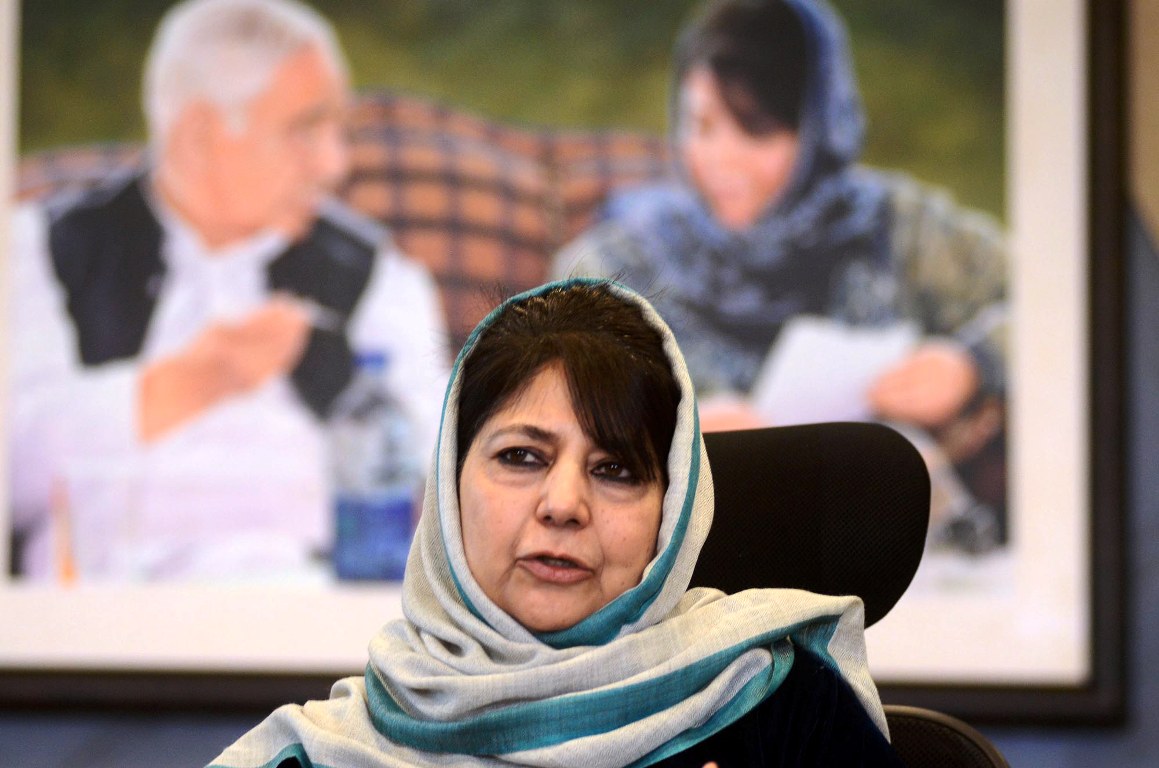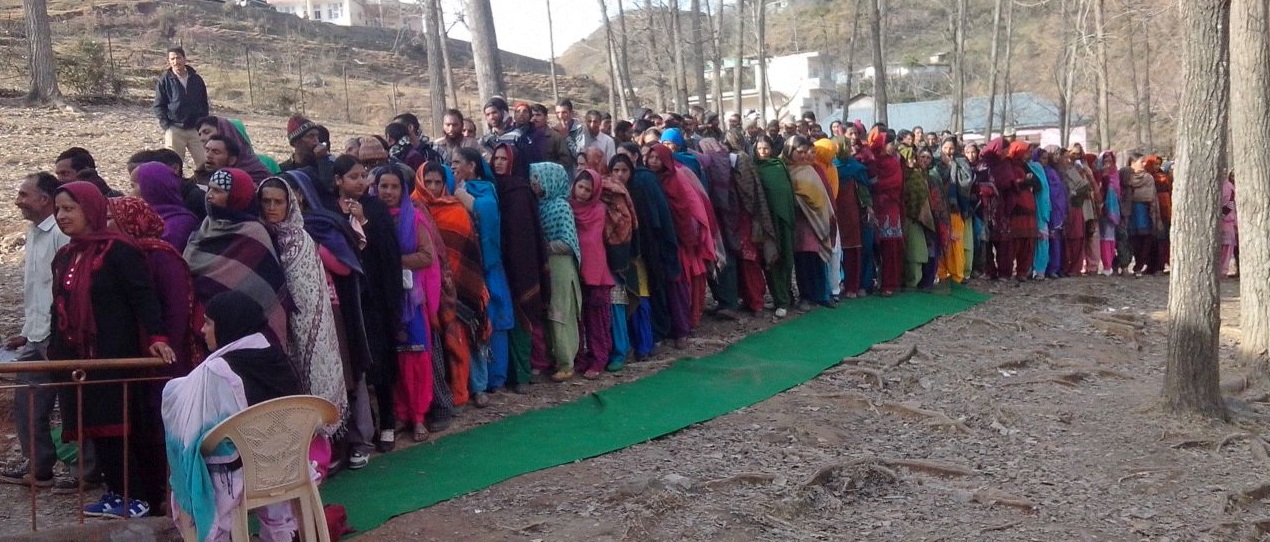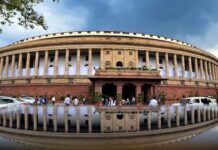SRINAGAR: The Kingdom of Saudi Arabia is planning to change its national green flag, which bears the Islamic creed or Kalima shahada with a horizontal sword. The decision is the follow up to the kingdom’s unrepresentative consultative Shura Council approving the idea.
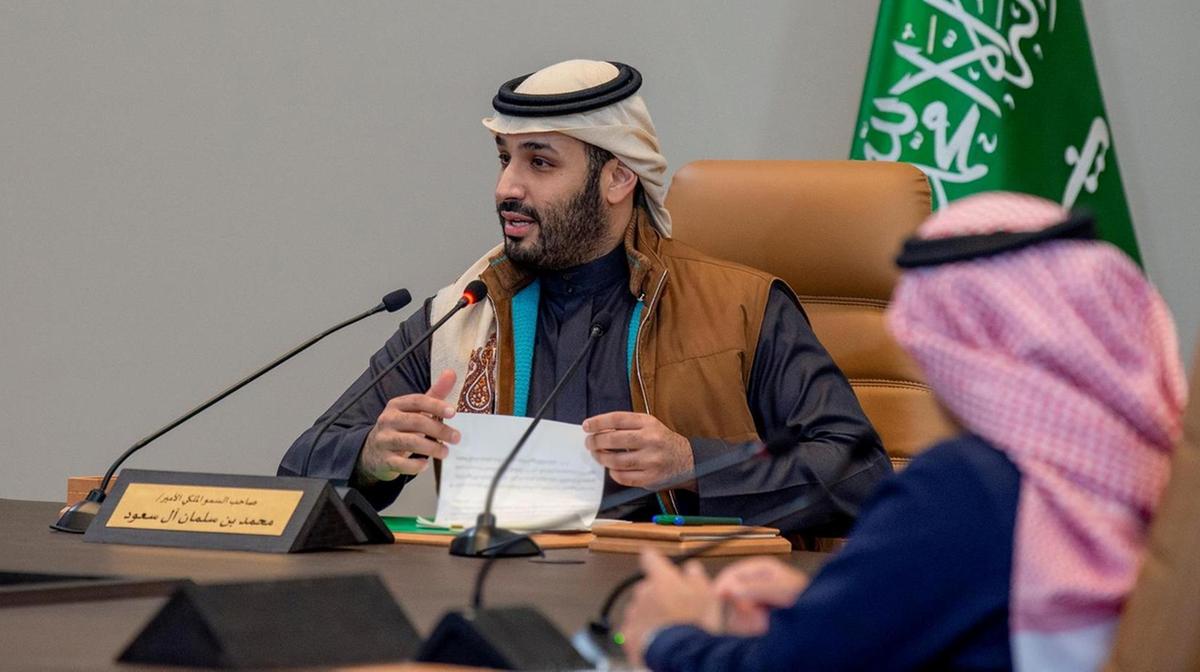
On Monday, the Shoura Council voted in favour of changes, Riyadh newspaper, Saudi Gazette reported. The changes are being seen as part of the young crown prince, MbS’s reforms process.
“While decisions by the council have no bearing on existing laws or structures, the vote is significant because its members are appointed by the king and their decisions often move in lockstep with leadership,” Arab Times reported.
Local media outlets also reported the proposed changes are aimed at clearly defining the proper uses of the state emblem, raising awareness about the importance of the flag and anthem and protecting the flag from infringement or neglect.
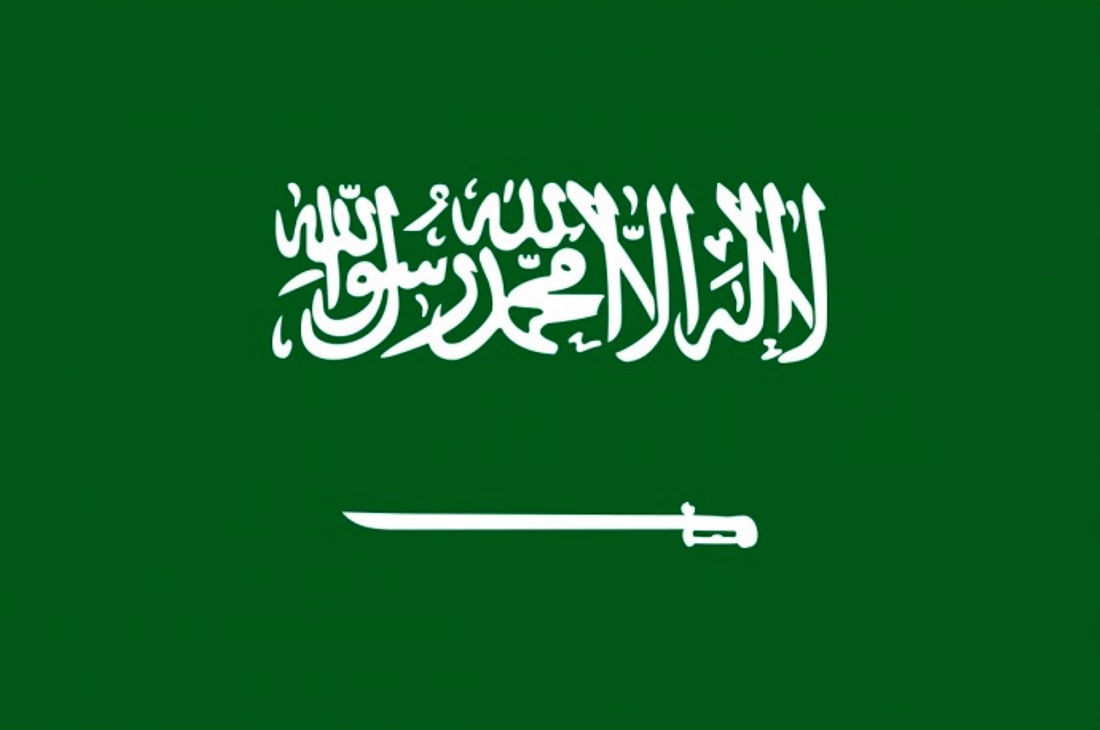
Last week, Saudi police arrested four Bangladeshi men for violating the Saudi flag, after they were alleged to have dumped it in the garbage.
The state-run Saudi Press Agency reported only that the Shura Council voted to approve a draft amendment to a nearly 50-year-old royal decree governing the flag.
The amendment was proposed by council member Saad al-Otaibi and studied by a sub-committee before it was discussed among council members.
Maj Gen Ali M. Al-Asiri, head of the council’s security and military committee, told Arab News that the proposed amendment was designed to unify regulations regarding the use of the Kingdom’s flag, emblem and national anthem. The committee “set clear determinants for the use of the flag, emblem and national anthem,” he said. The exercise was aimed at “protecting the flag, especially from tampering and neglect.”
Also, this week, the government ordered restaurants and coffee shops in Saudi Arabia to rename Arabic coffee as Saudi coffee in the latest effort to raise awareness about a cultural element that expresses the Saudi identity and its traditions, state media reported.
Saudi Arabia hosts Muslim pilgrims from around the world in the birthplace of Islam in Makkah, where the Prophet Muhammad (PBUH) was born and received the first commandments of the Holy Quran.
Saudi’s national flag was used by the kingdom since March 15, 1973, when the Saudi Flag Act was adopted during the reign of King Shah Faisal. The national flag is rectangular in shape, about two-thirds of its length, and its green colour extends from the pole to the end of the flag.
The national emblem was adopted in 1950. According to Saudi Constitution, it consists of two cross-linked swords and a palm at the top and between the swords.
“The amendment to the Flag Law, which has been in existence for nearly 50 years, aims to keep pace with the reforms and changes being witnessed in Saudi Arabia in recent years, as well as to review and develop regulations and legislative texts that support the goals and initiatives of the Kingdom’s Vision 2030,” the Gazette reported. “It emphasizes the need to address the absence of a system that defines the state anthem and separates the provisions related to it. The move also underscores the need to establish permissions and controls for the use of the state’s emblem in all forums and events, and to specify the penalties to be applied in cases of violation.”
Debut Saudi Film Festival That Brought Back Ramp And Glamour Concludes
The Arab nation is facing interesting problems because the flag carries the shahada, which is universally considered sacred. The flag, unlike other nations, is not normally used on T-shirts or any other garment. During the 2002 FIFA World Cup, Saudi Arabia protested against the inclusion of its flag on a planned football, saying kicking the creed with the foot was completely unacceptable.
Later, when the US military distributed footballs among children in Khost (Afghanistan) which had been adorned with flags, including that of Saudi Arabia. It proved counter-productive and triggered demonstrations.
Given the flag has the Shahada on it, it can never be lowered to half-mast as a sign of mourning because lowering it would be considered blasphemous. With this the Saudi flag is one of the three flags – two are Afghanistan, and Somaliland, which are never lowered.
Interestingly, Saudi Flag cannot be hoisted vertically as per the law governing it.





